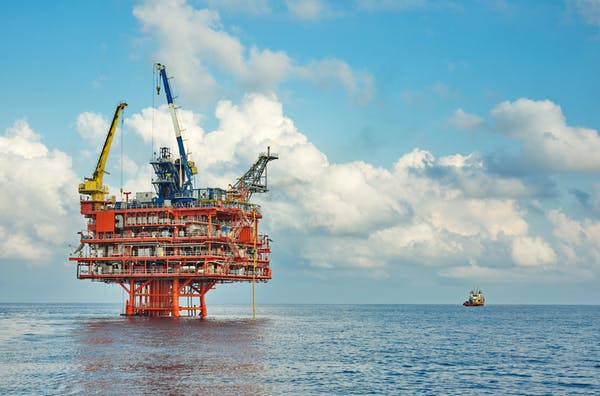Offshore wind turbines could number 30,000 by 2030 – new ideas in ocean engineering are needed to install them

The UK is planning to install 40 gigawatts of offshore wind power by 2030 – enough to provide electricity to every home in the country. This would require 5,000 wind turbines – double the number installed offshore worldwide at the end of 2020. Current projections indicate 234 gigawatts of offshore wind energy will be installed globally by 2030, which could mean around 30,000 turbines.
Green energy developers hope to exploit the faster winds that blow offshore and allow larger turbines to generate more electricity than their onshore equivalents. Supplying the equivalent of a UK home’s worth of electricity for nine billion people by 2050 would require something like half a million offshore wind turbines. Besides the more than two million fishing vessels, industrial activity in the ocean on this scale is unprecedented. Over the last 70 years, only around 5,000 offshore oil and gas rigs have been installed at sea, and many of these have since been removed.
Developing oil and gas offshore has helped engineers learn how to design ocean structures that remain fixed in one place, far from land, for decades. As the world transitions from low numbers of oil and gas installations to large numbers of renewable energy devices, how engineers design in the ocean must evolve too. Just as fossil fuel extraction must end, so should the design philosophy which sustained this industry. That is, meeting narrowly defined human need and a high return on investment.

The end of an engineering era? SINCHAI_B/Shutterstock
Old design philosophies
To make wind turbines work offshore, great technological advances have been made. Using remote sensors, engineers can precisely control the angle of 80 metre-long blades to maximise how much energy they generate, or prevent damage in bad weather. Steel tubes ten metres wide can be hammered vertically into the seabed to support wind turbines installed over vast areas.
27 July 2021
THE CONVERSATION




